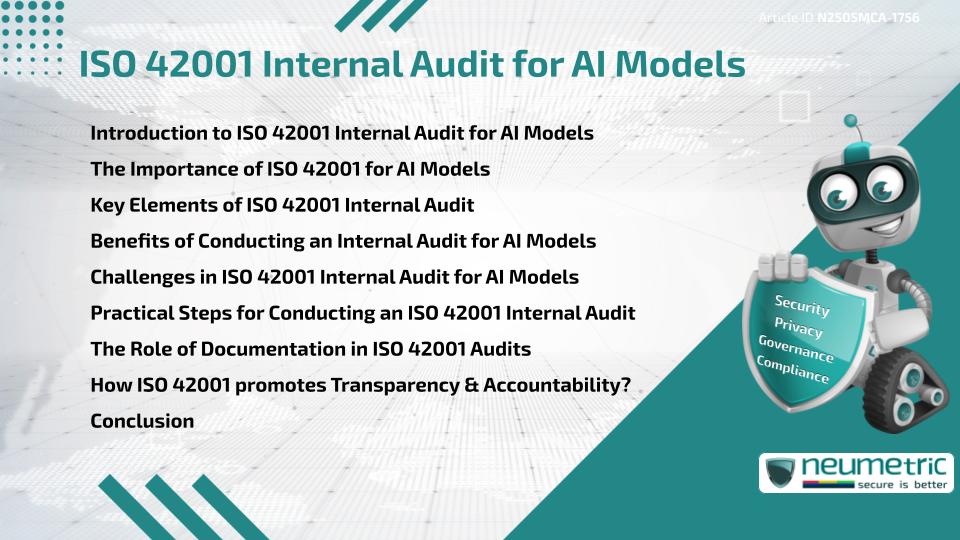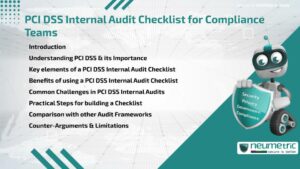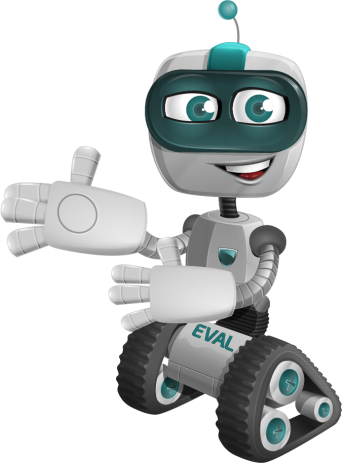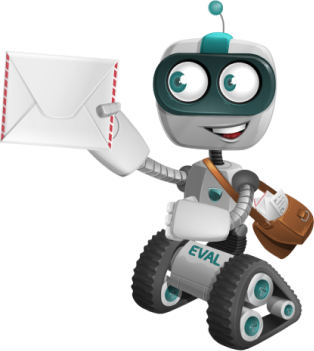Table of Contents
ToggleIntroduction to ISO 42001 Internal Audit for AI Models
Artificial Intelligence [AI] is rapidly changing how Businesses operate, but with these advancements comes the need for proper Governance. AI Models, if not carefully monitored, can introduce Risks such as Bias, Poor Decision-making & lack of Accountability. ISO 42001, a Standard designed for AI Governance, ensures that AI Systems adhere to Ethical Practices, Risk Management Standards & Legal Compliance.
This article dives into the concept of an ISO 42001 Internal Audit for AI Models, explaining the importance, benefits & challenges of conducting audits, along with practical steps Organisations can take to ensure their AI Systems meet the necessary Standards.
The Importance of ISO 42001 for AI Models
AI Models need to be carefully monitored to avoid issues like Bias, Unethical Decisions or Privacy Violations. ISO 42001 provides a comprehensive Framework to govern AI Systems, promoting Ethical Behavior, Transparency & Risk Management.
By implementing ISO 42001 Internal Audit for AI Models, Organisations ensure their AI Models operate responsibly, promoting Accountability & minimising Risks. This approach enhances Trust among Stakeholders & guarantees Compliance with Global Regulatory Standards.
Key Elements of ISO 42001 Internal Audit
An ISO 42001 Internal Audit for AI Models involves assessing the AI System on multiple fronts to ensure it aligns with Governance Standards. Key components of the Audit process include:
- Governance Structure: Review of Roles & Responsibilities within AI Governance to ensure Accountability.
- Data Quality & Security: Verification that the Data used by AI Models is Reliable, Secure & Ethically sourced.
- Model Performance: Evaluation of the AI Model’s decision-making process, ensuring it operates Fairly & without Bias.
- Risk Management: Identifying & mitigating potential Risks related to AI Model Deployment & Operation.
- Compliance: Ensuring the AI System complies with Legal, Regulatory & Ethical Standards.
By auditing these elements, Organisations can ensure their AI Models are developed & maintained responsibly.
Benefits of Conducting an Internal Audit for AI Models
Conducting an ISO 42001 Internal Audit for AI Models offers multiple benefits for Organisations:
- Increased Trust: Regular Audits foster trust in AI Models by confirming their Fairness, Transparency & Ethical Standards.
- Improved Risk Management: Audits help identify & address Risks early, reducing the likelihood of serious issues later on.
- Regulatory Compliance: Auditing ensures AI Systems comply with relevant Laws, reducing the Risk of Legal Penalties.
- Continuous Improvement: Audits identify Areas for Improvement, ensuring AI Models remain relevant & effective over time.
Challenges in ISO 42001 Internal Audit for AI Models
While there are many advantages to auditing AI Models, there are also challenges, including:
- Lack of Skilled Auditors: A shortage of Professionals with expertise in both AI & Auditing can make it difficult to conduct effective Audits.
- Complexity of AI Models: The intricate nature of AI Systems means Audits must cover numerous Components, requiring advanced Tools & Methodologies.
- Data Privacy Issues: AI Audits may require access to Sensitive Data, raising Privacy concerns that must be handled carefully.
- Dynamic Nature of AI: The rapid evolution of AI Systems makes it difficult to keep Audit processes aligned with the changing landscape.
Despite these challenges, the long-term advantages of conducting Internal Audits are substantial.
Practical Steps for Conducting an ISO 42001 Internal Audit
To successfully conduct an ISO 42001 Internal Audit for AI Models, Organisations can follow these practical steps:
- Prepare the Audit: Clearly define Audit Objectives, Scope & Resources. Understand the AI Models in use & their Functions.
- Collect Data: Gather relevant data regarding Model Performance, Governance Structures & Risk Assessments.
- Evaluate the AI Model: Assess the AI Models in accordance with ISO 42001 Standards, examining Governance, Data Quality & Risk Management.
- Report Findings: Document the Audit Findings, highlighting Risks, Areas for Improvement & Recommendations for Corrective Action.
- Follow-up: Implement Corrective Actions, monitor Progress & ensure Continuous Improvements through subsequent Audits.
The Role of Documentation in ISO 42001 Audits
Documentation is an essential component of the ISO 42001 Internal Audit for AI Models process. It provides Transparency, Accountability & a Record of Compliance efforts. Well-maintained Audit Records can be reviewed in future audits, tracking progress & facilitating better decision-making.
Clear documentation ensures that the Audit Findings are accessible & traceable, supporting Transparency in AI Governance.
How ISO 42001 promotes Transparency & Accountability?
ISO 42001 emphasises the importance of Transparency & Accountability in AI Operations. By conducting an Internal Audit based on ISO 42001, Organisations ensure that AI Models are auditable & their decisions traceable.
This Transparency builds trust among Stakeholders & helps prevent Unethical or Biased Decision-making. Accountability within the Audit Framework ensures that responsible parties are held liable for the AI Models’ outcomes, fostering better practices across the Organisation.
Conclusion
An ISO 42001 Internal Audit for AI Models is crucial for ensuring that AI Systems are developed & deployed in a Responsible, Transparent & Ethical Manner. Through Regular Audits, Organisations can identify Risks early, ensure Compliance with Legal & Ethical Standards & promote Continuous Improvement in their AI Models. While challenges such as Auditor shortages & the complexity of AI Models exist, the benefits—Trust, improved Risk Management & Regulatory Compliance—make Internal Audits an indispensable tool in the Governance of AI Systems.
Takeaways
- ISO 42001 is essential for ensuring AI Models are Ethical, Transparent & Compliant with Legal Standards.
- Internal Audits assess key areas like Governance, Data Quality, Model Performance & Risk Management.
- Despite challenges, conducting regular Audits leads to increased Trust, improved Risk Management & Continuous Improvement.
- Proper Documentation ensures Transparency, Accountability & the Integrity of AI Governance.
FAQ
What is an ISO 42001 Internal Audit for AI Models?
An ISO 42001 Internal Audit for AI Models is a process to evaluate AI Systems for Compliance with Governance, Ethical Standards & Regulatory Requirements.
Why is ISO 42001 important for AI Models?
ISO 42001 ensures that AI Models are governed properly, minimising Risks like bias & poor decision-making, while ensuring Transparency & Compliance.
What are the key components of an ISO 42001 Internal Audit?
Key components include Governance Structures, Data Quality, Model Performance, Risk Management & Compliance with relevant Laws & Standards.
What challenges arise when conducting an ISO 42001 Internal Audit for AI Models?
Challenges include a shortage of skilled Auditors, complexity in AI Models, Data Privacy concerns & keeping up with rapid changes in AI Technology.
How can an ISO 42001 Audit improve AI Systems?
An ISO 42001 Audit helps identify & address flaws, ensuring AI Models are Transparent, Accountable & aligned with Legal & Ethical Standards.
Need help?
Neumetric provides organisations the necessary help to achieve their Cybersecurity, Compliance, Governance, Privacy, Certifications & Pentesting goals.
Organisations & Businesses, specifically those which provide SaaS & AI Solutions, usually need a Cybersecurity Partner for meeting & maintaining the ongoing Security & Privacy needs & requirements of their Clients & Customers.
SOC 2, ISO 27001, ISO 42001, NIST, HIPAA, HECVAT, EU GDPR are some of the Frameworks that are served by Fusion – a centralised, automated, AI-enabled SaaS Solution created & managed by Neumetric.
Reach out to us!





